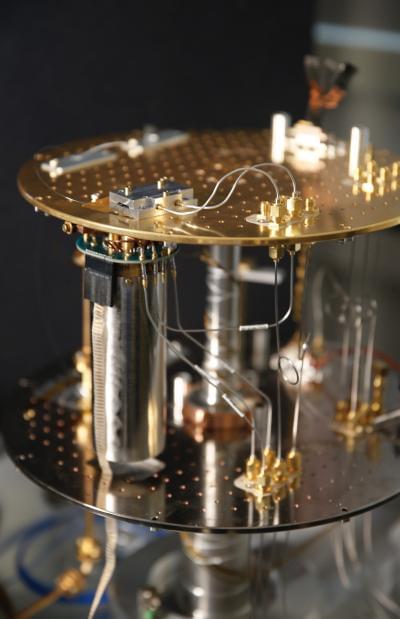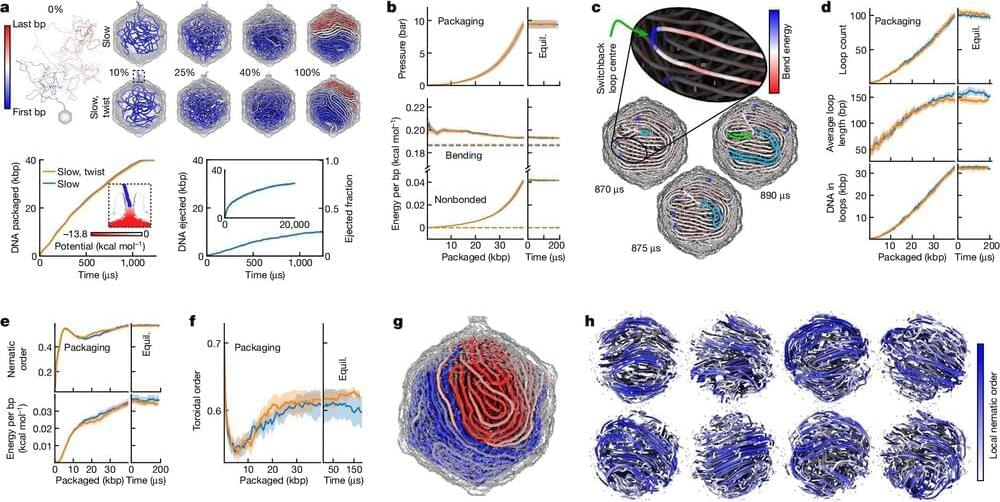Mar 9, 2024
New superconducting device could boost quantum tech
Posted by Shailesh Prasad in categories: computing, quantum physics
Superconducting circuits, which conduct electricity without resistance, are among the most promising technologies for quantum computing and ultrafast logic circuits. However, finding a practical way to work with these materials that require extremely cold temperatures has been a challenge.
In a step toward that goal, a team of researchers led by Prof. Hong Tang developed and successfully demonstrated a device that presents a viable solution in transferring a very weak signal from a computing device stored at cryogenic temperatures to room temperature electronics to achieve a fast data transfer with very low energy consumption. The results are published in Nature Photonics.
The practical use of superconducting circuits requires connecting them to room temperature electronics. But doing so has largely relied on coaxial cables, which have a limited bandwidth and limited thermal conductivity – two factors that negate the benefits of superconducting circuits.


















